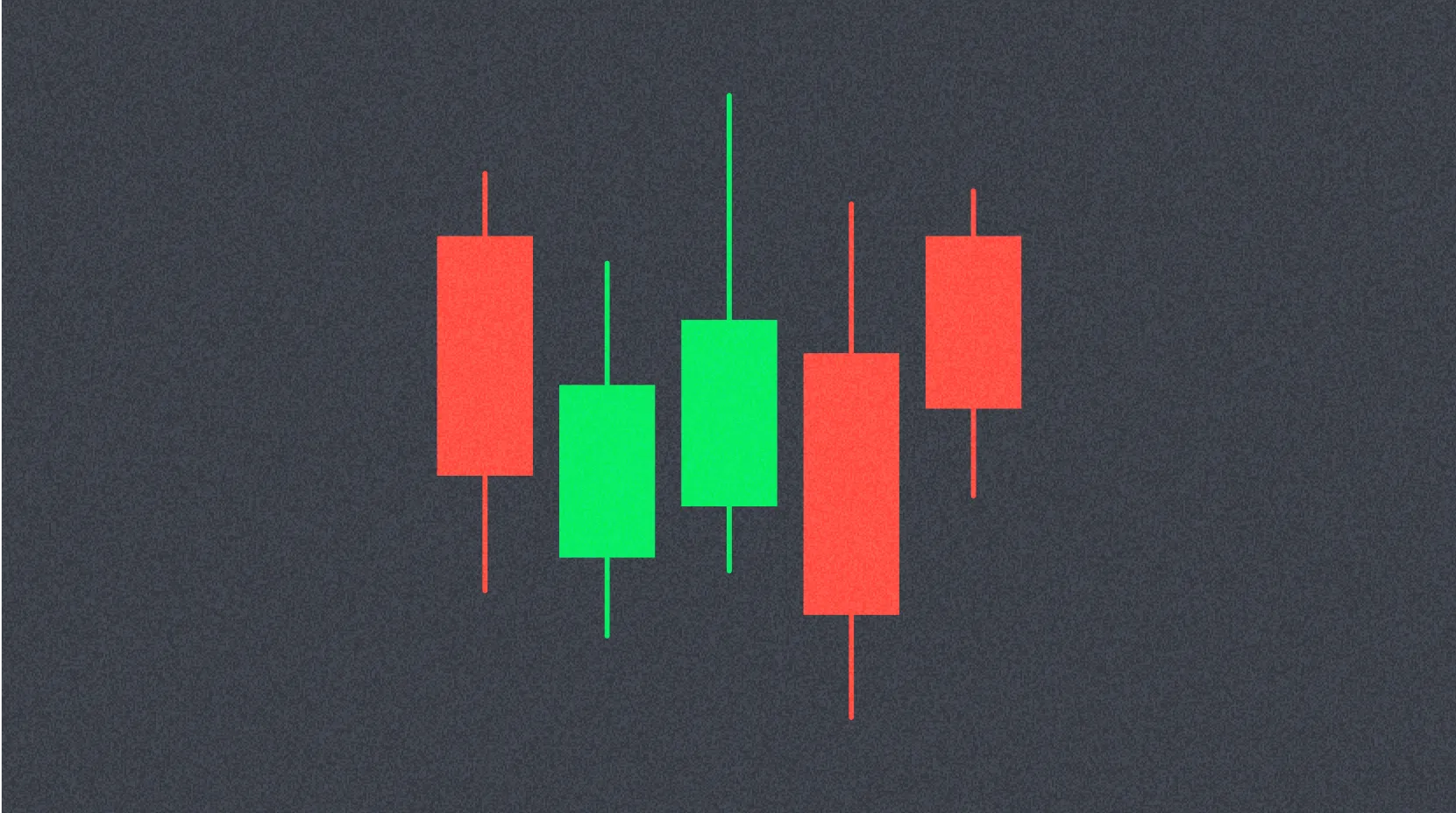Bitcoin ATH

Bitcoin All-Time High (ATH) refers to the highest price point that Bitcoin has reached throughout its trading history. As a bellwether for the cryptocurrency market, Bitcoin's ATH represents more than just a simple price record; it serves as a significant indicator of the entire crypto asset market cycle. Since Bitcoin's inception in 2009, its price has undergone multiple breakthrough growth phases, with each new high typically accompanied by elevated market sentiment, extensive media coverage, and an influx of new investors. The formation of an ATH usually results from various factors working in concert, including market supply-demand dynamics, institutional investor participation, macroeconomic environment, and the degree to which Bitcoin's narrative as digital gold gains acceptance.
Bitcoin ATH exhibits several notable characteristics. First, breakthrough growth typically follows an exponential curve, occurring within short timeframes and often accompanied by surges in trading volume. Second, ATH formation is closely tied to market sentiment, with social media discussions, search volumes, and new user registrations peaking during these periods. Third, historical patterns show that ATHs are typically followed by corrections of varying magnitude, sometimes involving dramatic price adjustments. Finally, as market maturity increases, the time required for Bitcoin to reach new ATHs may extend, though price volatility might gradually decrease.
In terms of market impact, Bitcoin ATH has profound implications for the entire cryptocurrency ecosystem. Whenever Bitcoin establishes a new high, it tends to elevate valuations across the entire cryptocurrency market, an effect often described as "a rising tide lifts all boats." ATH periods also frequently coincide with golden fundraising opportunities for new projects, with substantial capital flowing into various blockchain initiatives and crypto assets. Additionally, Bitcoin's new highs often attract attention from traditional financial institutions, facilitating cryptocurrency's penetration into mainstream finance. Notably, historical high points have become important reference points for investors and analysts to judge market cycles, with many investment strategies formulated around the distance from the ATH.
However, Bitcoin ATH also comes with significant risks and challenges. First is investors' irrational expectations, as ATHs often trigger FOMO (Fear of Missing Out) psychology, leading investors to enter at high price points and assume excessive risk. Second, history demonstrates that post-ATH price corrections can be severe, with Bitcoin experiencing declines exceeding 70% following the 2017 and 2021 peaks. On the technical front, network congestion and skyrocketing transaction fees are common issues during peak trading periods. Furthermore, regulatory risks tend to increase during price highs, as regulatory authorities in various countries may strengthen controls on crypto assets due to financial stability concerns.
Bitcoin ATH is not merely a price milestone but a barometer reflecting the developmental stages of the cryptocurrency market. By studying the conditions that formed different ATHs and their subsequent performance, investors can gain deeper insights into market cycles. While history cannot fully predict the future, ATH-related data provides valuable historical context for market participants. As the Bitcoin market gradually matures and institutional participation increases, the patterns of future ATH formations and price volatility characteristics may change, but its status as a key market indicator will likely persist.
Share
Related Articles

In-depth Explanation of Yala: Building a Modular DeFi Yield Aggregator with $YU Stablecoin as a Medium

BTC and Projects in The BRC-20 Ecosystem
